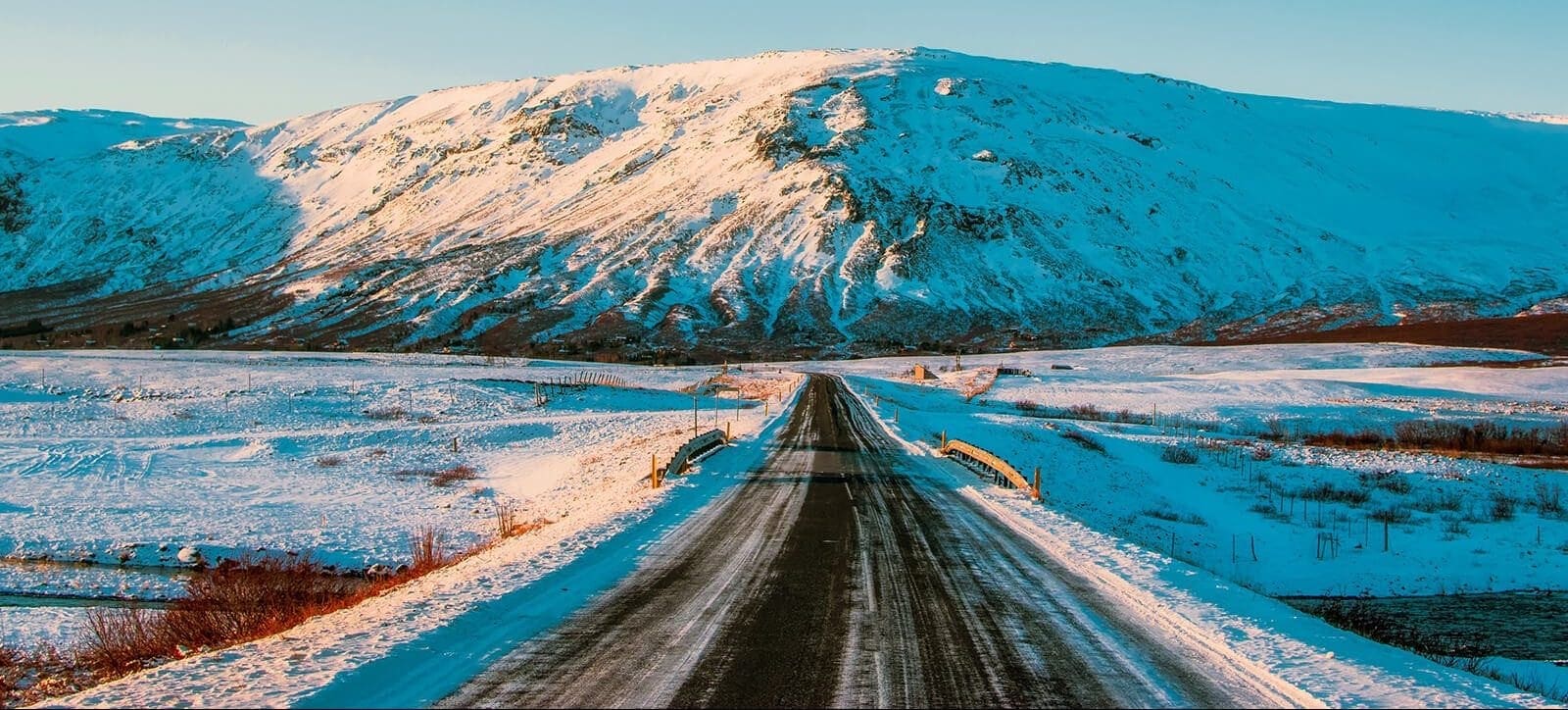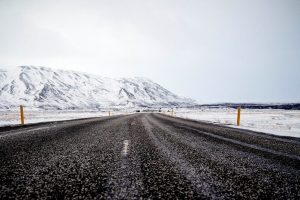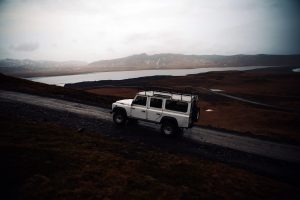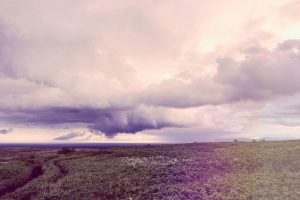
“Elf lobby blocks highway project.” In almost any part of the world, this would be a fake news headline. But there is an island in the middle of the North Atlantic where it does make sense. One out of every ten Icelanders is sure that elves exist. More than half do not say so, but they do not dare deny it, just in case. Nordic culture and mythology permeate everything in Iceland. And its infrastructure is no exception.
The pressure group Friends of Lava effectively managed to block a highway project in 2013 because the roadway was going to go through a territory inhabited by elves, known as Huldufólk (hidden people), who had even built a church there. The dispute reached the Supreme Court. In the end, in 2015, it was decided to move the rock-hewn church and continue with construction.
Besides the anecdotes (in Iceland’s recent history, four projects have been halted by supposed elves), the Icelandic highway network is full of particularities. A good portion of communication routes do not have asphalt. There are highways that stay buried under snow well into the month of July. And cars coexist with hurricane-force winds and infinite flocks of sheep.
Icelandic highways, in numbers
The biggest island in Europe is inhabited by a little more than 330,000 people. According to data from the European Commission, that comes out to three people per square kilometer (the average in the EU is 114 people). For each Icelander, there are three sheep, an animal that is ubiquitous throughout the territory. The average temperature in winter is 0.8ºC. In summer, it gets up to 8.3ºC. Its geography, which alternates between large plains, imposing summits, volcanoes, glaciers, cliffs, and fjords, and its inhabitants have adapted to one of the most difficult winters on the planet.

Vehicular traffic is the primary mode of transportation in the country. At the end of 2017, the Icelandic Road and Coastal Administration (IRCA), monitored almost 13,000 kilometers of roadways. It groups them into main roads, main mountain roads, secondary ones, local access roads, and mountain roads. Only some of the main roads are asphalted, as with the access roads to all the inhabited centers.
In fact, even Highway 1, which goes around the island and is known as Ring Road, is not entirely asphalted. The rest of the paved roads vary depending on their maintenance. But on many of the inner roads and in the mountains, it is prohibited to venture out without a 4×4 vehicle. Highway 1 is also the only one that is open 365 days a year. As for the rest, that depends on the snow and ice.
The problems with winter (and the thaw)
“Not all of the 13,000 kilometers of roads in Iceland receive maintenance services in winter. A little more than 5,000 kilometers do. A significant portion of the system of roads stays closed, inaccessible,” the IRCA explains. And when they refer to winter, they are sometimes referring to the majority of the year. In October and November, most of the roads are closed. They do not start to reopen them until the month of May.
Add to this the constant risk of strong winds and blizzards, as the IRCA points out in its informational material for drivers. During these months, the highway administration focuses its efforts on keeping priority roadways clean and accessible. As shown on this map, the rest is secondary, since the country (which, let’s recall, has 300,000 inhabitants) cannot take on the costs.

The road problems do not end when temperatures go up. Spring is pothole season. Holes in the pavement that multiply as if by (elven) magic. “Holes or damage in the surface can form rapidly. The worst conditions appear when the snow melts and disappears. When the upper layer of the road thaws, water can filter in and freeze again at night, tearing the surface open and forming a hole,” the IRCA explains.
So, as winter comes to a close and the snow starts freeing up roads and trails, maintenance efforts focus on repairing pavement. Again, the breadth of roads and the country’s budget make it difficult to act quickly. And that is with around 6% of public expenditure going to transportation infrastructure.
The challenges are not only climatic
Despite these complicated conditions, Iceland has the lowest road accident fatality rate in the European Union and its associated countries. In fact, its roads are categorized as the safest in Europe. However, the European Commission maintains that the statistical data could be affected by Iceland’s low traffic. Something that could be about to change.
In the year 2000, Iceland had 300,000 foreign tourists. Last year, that number managed to reach 2.2 million – that is, more than seven times the country’s population. And predictions show that those numbers will continue to climb by more than 10% annually. Additionally, according to the official data, ever more tourists choose to travel to the island with their own vehicles. This presents obvious challenges for the infrastructure network, above all around certain areas with higher concentrations of tourists.
For example, from 2016 to 2017, traffic on Highway 1 (which goes around the whole island) increased by 15.1%. And to the south of the capital, Reykjavik, in the southeastern part where there are several tourist attractions, it shot up 22.1%. Despite these increases, there were barely any regular traffic jams on Icelandic roadways, besides isolated delays.

Even so, the country has already outlined a plan of action for getting ahead of the expected increase in traffic. The updates under consideration include:
- Mapping the places where tourists stop more frequently on the shoulder. The goal is to propose infrastructure for stopping and parking, thereby avoiding traffic snares and improving safety.
- Sufficient separation between the two directions of traffic (something that does not happen on a good number of roadways), and increasing the capacity of some viaducts (many are only one lane).
- Eliminating trouble spots where more accidents are reported, and increasing measures to reduce speeding (like by installing rumble strips).
- Reinforcing maintenance services and assistance during winter months.
As first steps, the IRCA already has a broad network of cameras that monitor roadways. And an agreement was just signed with technology providers Origo and IBM to install a centralized control system in the Cloud that will help reinforce the safety of workers, improve regular roadway inspections, and improve the efficiency in their maintenance.
They aren’t elves, they are delicate ecosystems
An almost polar climate that does not let up. An unprecedented boom in tourism. As if that were not enough, Icelandic roadways and traffic must face a third challenge. A natural one that has nothing to do with mythological creatures. When the snow melts, life on the island flourishes, in addition to the potholes. Above all in the highlands, more than 300 meters above sea level, where a multitude of dormant species rush to grow and reproduce in the warmest months.

“During the spring and early summer, when the snow melts and frozen earth thaws both roads and vegetation are in a vulnerable state and easily damaged. The greatest risk is due to the impact of premature traffic, especially when vehicles drive off-road,” says the IRCA’s information, clearly directed at tourists.
“[In Iceland,] there is continuing pressure to improve the efficiency of road transport. All major road construction is subject to Environmental Impact Assessment, hence there is limited damage to eco-systems. It is illegal to drive off the road especially in areas with fragile vegetation but, monitoring is difficult due to large uninhabited area,” describes a report by Agenda 21, the United Nation’s effort to promote sustainable development.
The summer is short. In the highlands, it lasts for less than two months. A race against time for species that are seeking to fulfill their biological imperatives before the snow returns. So, when you are behind the wheel Iceland, watch out for potholes, the lack of asphalt, and delicate species. And always keep your eyes peeled, just in case the elves make an appearance.





There are no comments yet